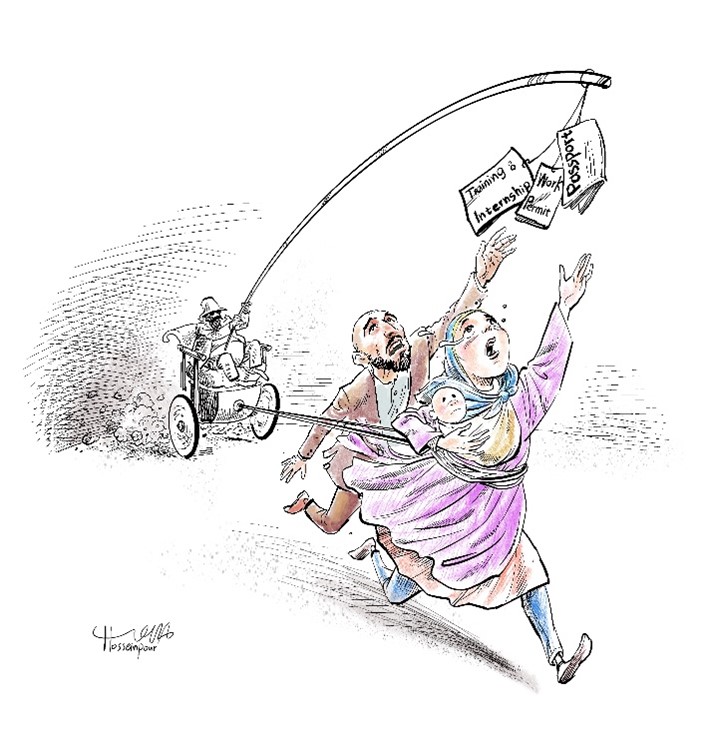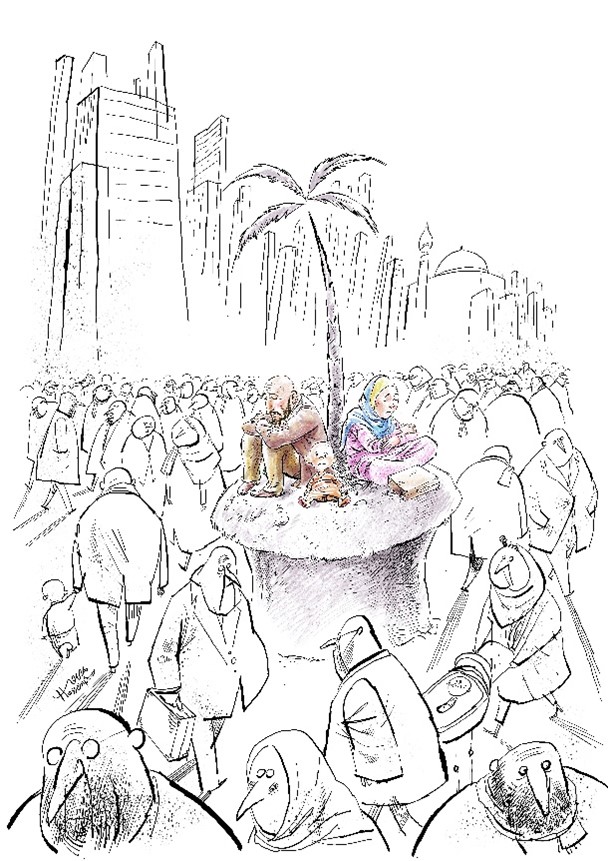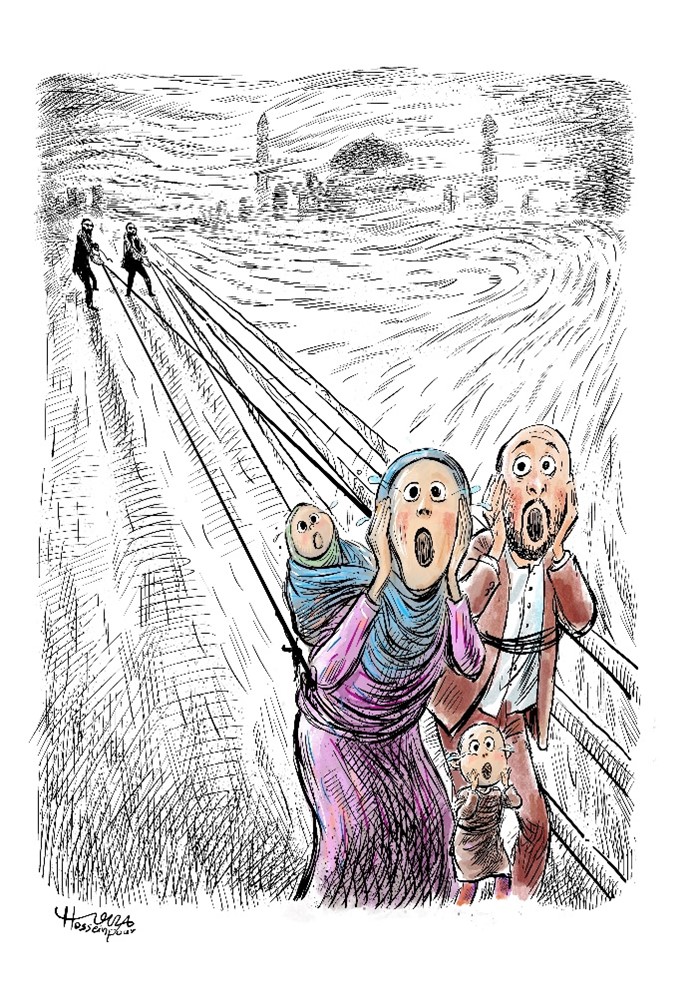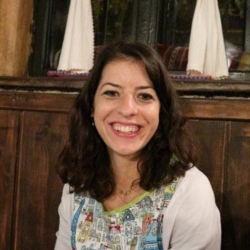The (Urban Refugees’) Scream
Deena Dajani and Bozorgmehr Hosseinpour



Jordan is the second largest refugee host per capita worldwide. The vast majority of those refugees (82%) live in cities, and 85% have been in Jordan for ten years or more. Yet, policy, programming, and research are generally focused on emergency relief in camps, so don’t meet most refugees’ needs. Researchers from IIED and IRC-KHF supported urban refugees to document their own communities’ struggles and identify their collective priorities. Urban refugees constantly try to improve their situation, taking up any opportunity available, but they feel isolated and stuck in place. As one refugee put it, “refugees can only grow horizontally, not vertically”. Over 45% of all registered refugees in Jordan are children, many born in exile in Jordan. Without the security of long-term residency or clarity around resettlement, what futures can they aspire to? Imagining alternative futures, refugees insisted that to really meet their needs, “humanitarian organizations must see and hear us.”
Cartoonist Bozorgmehr Hosseinpour uses colour to centre and make visible refugees’ own accounts. The structures that limit and deny their agency are deprived of their colour (and power). The last cartoon, inspired by Munch’s The Scream is symbolic of the anxiety that characterises refugee lives, but like Munch’s The Scream, the scream is not just the refugees’ but passes through the city itself.
About the academic

Deena Dajani is a Senior Researcher based at the Human Settlements Group at IIED. She conducts participatory and ethnographic research with refugee and migrant communities in the Middle East, Africa, and Europe. Across research projects she has collaborated with artists and creative-practitioners exploring mediums such as film, arts-based methods, and now – cartoons. This collaboration is informed by research findings from the Data Justice for Refugees project, which supported refugees to collect their own data on their communities’ research priorities.
Discover more about the participatory research project 'Data Justice for Refugees: refugees in Jordan set our priorities for a better future', that inspired this cartoon, via the International Institute for Environment and Development (LIED) website.
About the artist

Bozorgmehr Hosseinpour is a cartoonist and artist from Tehran.
He said of his participation in this project: "As a cartoonist and artist, I find inner peace only when my art can aid someone in this world. This sense of responsibility compelled me to address this profound and painful issue currently facing humanity. I hope for a future where these cartoons become obsolete, symbolizing a bygone era, and the suffering of humanity has finally ended."
Previous Image: Firefly
This illustration is part of the Academics and Artists addressing Social Challenges initiative
Next Image: Z Generation